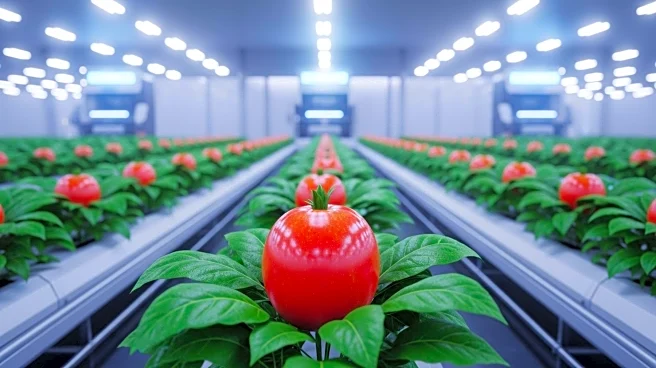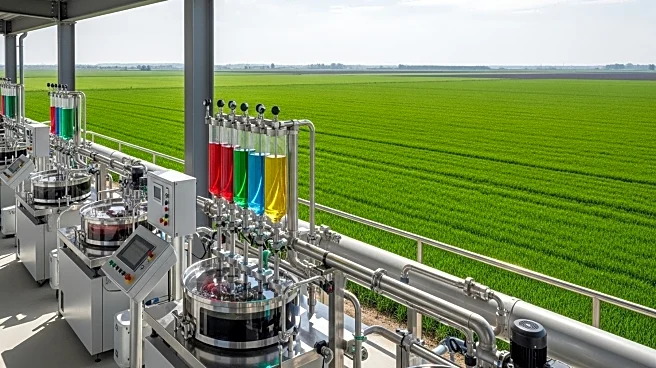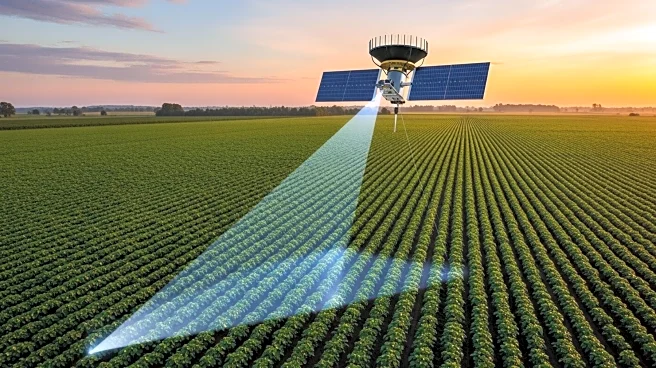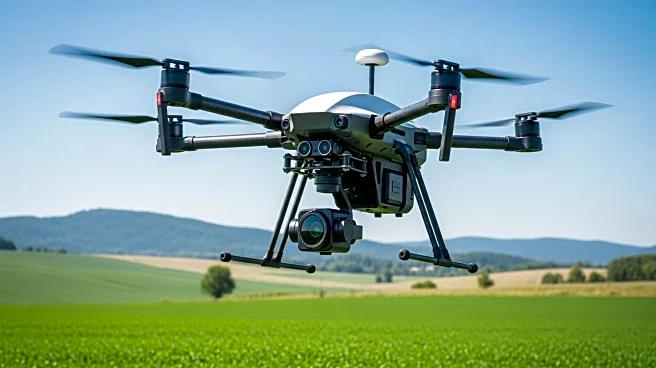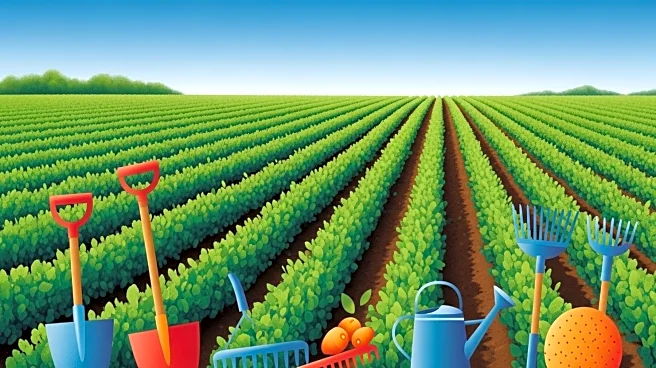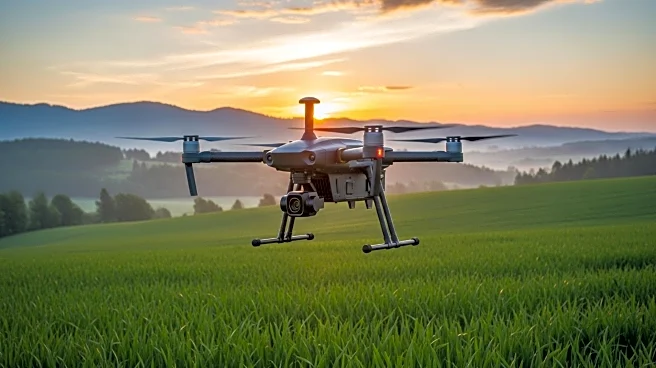What's Happening?
CRISPR technology is transforming agriculture by enabling precise gene edits that enhance crop traits such as yield, disease resistance, and nutritional content. In 2025, over 60% of new crop varieties utilize CRISPR editing, allowing for the development of biofortified rice and maize with higher concentrations of micronutrients like Vitamin A, iron, and zinc. This advancement addresses hidden hunger and improves health outcomes for populations reliant on cereals as their main food source. CRISPR's ability to edit existing genes without introducing foreign DNA facilitates smoother regulatory approval and accelerates adoption.
Why It's Important?
The use of CRISPR in agriculture is crucial for addressing global food security challenges, especially as the population approaches 9 billion. By creating crops that are more resilient to climate extremes and require fewer chemical inputs, CRISPR technology supports sustainable farming practices and reduces environmental impact. This innovation not only enhances yields but also improves the nutritional quality of staple foods, contributing to better health outcomes worldwide.
What's Next?
As regulatory frameworks for CRISPR-edited crops become clearer, commercial adoption is expected to accelerate. The integration of CRISPR with precision agriculture and digital monitoring systems will further optimize crop management and resource conservation. Continued advancements in CRISPR technology will likely lead to the development of even more resilient and nutritious crop varieties, supporting global efforts to ensure food security and sustainability.
